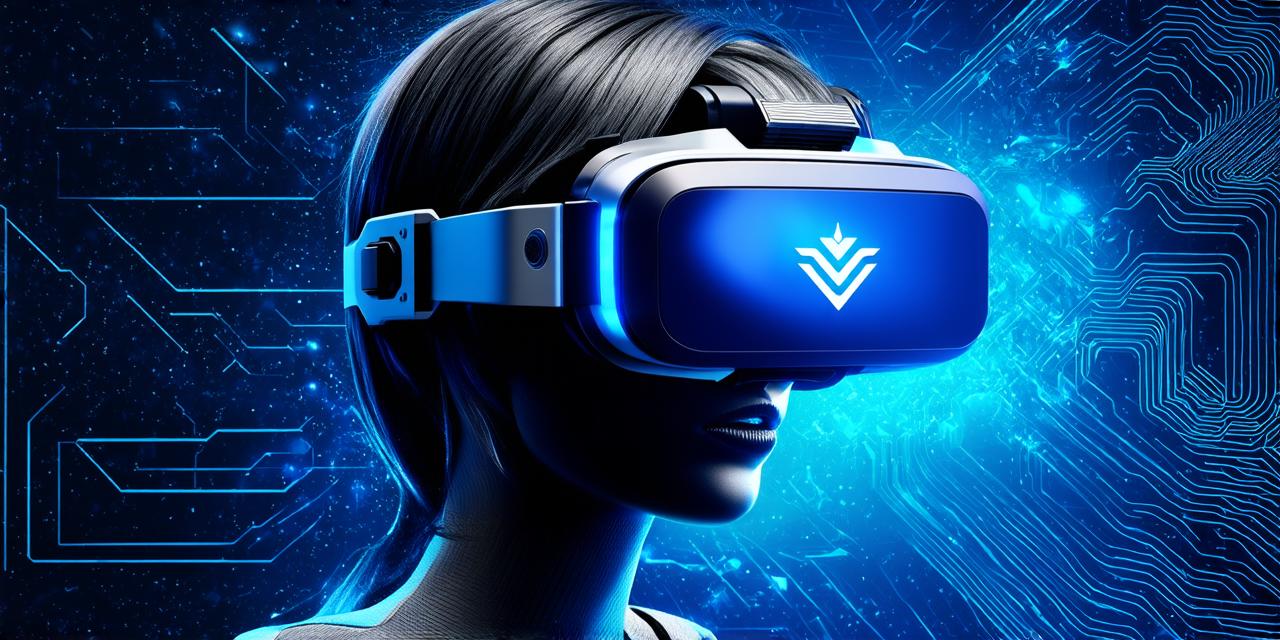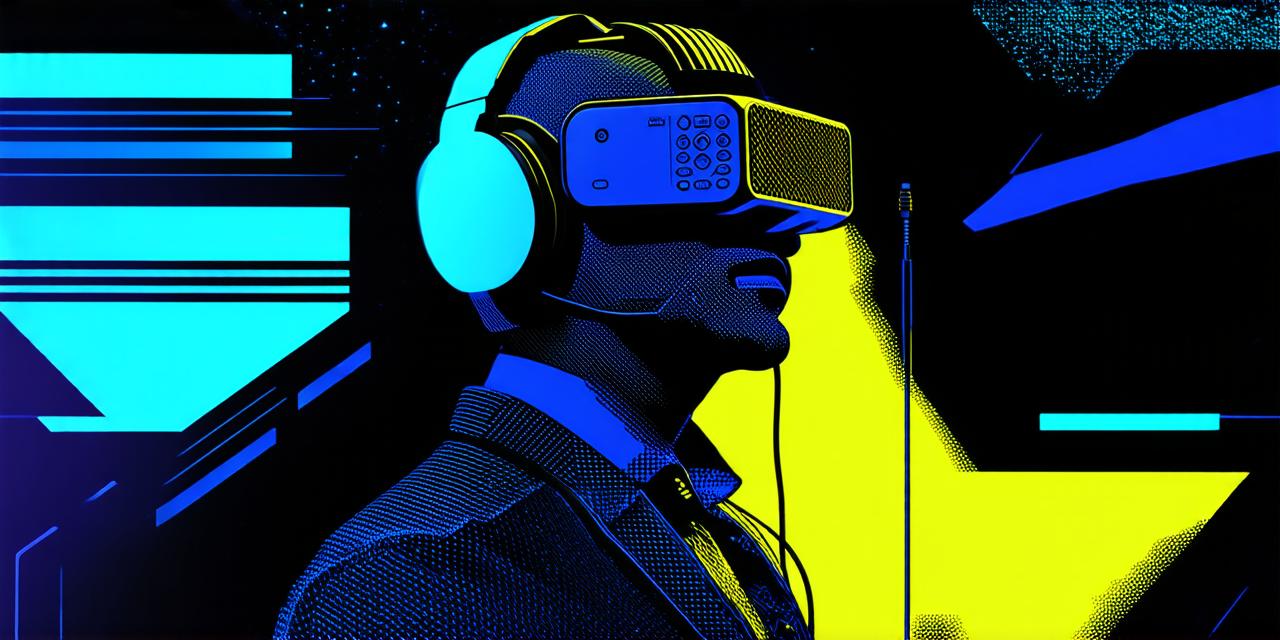Virtual Reality and Augmented Reality: The Future of Immersive Experiences
Virtual Reality (VR) technology has made significant strides in recent years and it is set to transform several aspects of our lives in the coming decade. As VR technology advances, its potential integration with Augmented Reality (AR) development is a growing possibility.
Current State of Virtual Reality
Virtual reality technology has come a long way since its inception. Today, it is a mature technology with applications across various industries, including gaming, entertainment, education, healthcare, and more. According to MarketsandMarkets, the VR market size was valued at USD 10.4 billion in 2019 and is expected to grow at a CAGR of 37.6% from 2020 to 2025.
Virtual reality is currently used in a variety of applications, including gaming, entertainment, education, healthcare, and more. For example, VR has been used in medical training to simulate surgeries and in physical therapy to treat injuries. In the entertainment industry, VR has been used to create immersive experiences for movies and games.
However, there are still challenges that need to be overcome before virtual reality can become a mainstream technology. One of the biggest challenges is motion sickness, which can occur when users experience disorientation in a virtual environment. Additionally, the cost of VR hardware and software can be prohibitive for some consumers.
The Future of Virtual Reality in Augmented Reality Development
As virtual reality continues to evolve, it is likely that we will see more integration with augmented reality (AR) technology. AR is a subset of VR that overlays digital content onto the real world. This allows users to interact with both their physical environment and digital content in a seamless way.
One area where we are already seeing this integration is in gaming. For example, games like Pokémon Go have become incredibly popular by leveraging AR technology to create an immersive gaming experience. In the future, we can expect to see more games and other applications that use both VR and AR to provide even more immersive experiences.
Another area where we are likely to see this integration is in education. For example, virtual reality has already been used in medical training to simulate surgeries. In the future, we can expect to see more uses of VR in education, such as virtual field trips and interactive history lessons. Additionally, AR technology could be used to create immersive educational experiences that blend real-world environments with digital content.
In addition, we are also likely to see more applications of AR in business and marketing. For example, companies could use AR to create interactive product demonstrations or to provide customers with a better understanding of products before they make a purchase decision. AR technology can be used to enhance customer experience by providing real-time information about a product or service.
The Potential Impact on AR Development
As virtual reality continues to evolve, it has the potential to have a significant impact on AR development. One way that VR can impact AR is by providing more advanced technology for creating immersive experiences. For example, VR headsets can provide higher resolution displays and more accurate tracking, which can lead to more immersive AR experiences.

Additionally, VR can also help to drive down the cost of AR hardware and software. As more companies invest in VR technology, we are likely to see a decrease in costs, which could make AR technology more accessible to consumers. This could result in more widespread adoption of AR technology in various industries.
However, there are still challenges that need to be overcome before AR can become a mainstream technology. One of the biggest challenges is ensuring that AR experiences are intuitive and easy to use. Additionally, there is still a lack of understanding about how people will interact with AR experiences in public spaces. For example, what happens if someone walks into a restaurant and suddenly sees an AR experience on their phone? Will they be distracted or confused?
Conclusion
Virtual reality technology has come a long way and it is set to transform several aspects of our lives in the coming decade. As VR technology advances, its potential integration with Augmented Reality (AR) development is a growing possibility. The future of virtual reality in AR development holds great promise for businesses, education, healthcare, and entertainment industries. With the right approach, we can expect to see even more immersive experiences that blur the line between the real and digital world.




